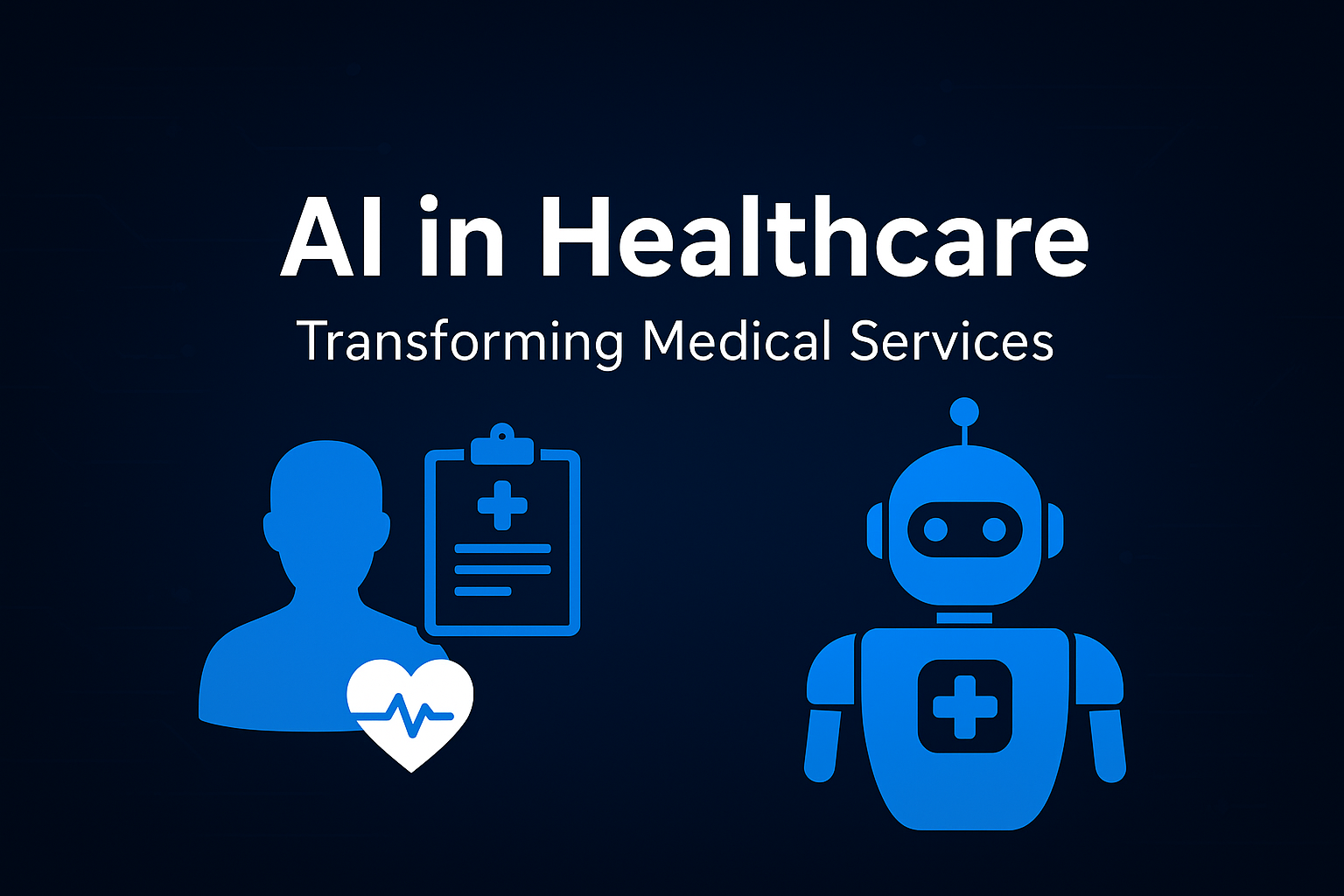Introduction
Ten years ago, wearable devices were mostly fitness trackers counting steps. In 2025, they have become powerful health companions that can monitor your heart, detect diseases early, and even save lives.
From Apple Watch detecting irregular heartbeats to smart rings monitoring sleep quality, wearable tech is merging healthcare and technology like never before. These devices are now part of daily life for millions of Americans, doctors, and hospitals.
What is Wearable Tech in Healthcare?
Wearable health tech includes devices you wear on your wrist, chest, or even as clothing. They collect real-time data about your body and help improve lifestyle and treatment.
Examples include:
- Smartwatches (Apple Watch, Samsung Galaxy Watch)
- Fitness trackers (Fitbit, Garmin)
- Smart rings (Oura Ring)
- Medical-grade wearables (ECG monitors, glucose trackers)
👉 Just as AI SEO trends in 2025 are changing digital marketing, wearable health devices are changing how we manage our personal health.
Why Wearable Tech Matters in 2025
- Early Disease Detection – Devices can spot symptoms of heart disease, diabetes, or sleep disorders early.
- Remote Healthcare – Doctors can monitor patients from anywhere.
- Fitness & Lifestyle Tracking – Helps users stay active, eat better, and sleep well.
- Affordable Care – Preventive care reduces hospital visits and costs.
(External Source: Mayo Clinic on Wearables)
Latest Wearable Tech Innovations in 2025
1. Smartwatches That Save Lives
The Apple Watch and Samsung Watch now feature advanced ECG, blood oxygen monitoring, and even stress level tracking.
👉 Similar to energy-efficient computing in tech, smartwatches use AI to manage health data efficiently.
2. Smart Rings for Health Tracking
The Oura Ring and other smart rings are popular in 2025. They are stylish, lightweight, and track sleep, body temperature, and recovery time.
3. Continuous Glucose Monitors (CGMs)
People with diabetes now use wearable patches that continuously track blood sugar without finger pricks.
4. AI-Powered Fitness Coaching
Wearables use AI to act like personal trainers. They recommend exercises, diet changes, and even breathing techniques.
👉 Just as AI keyword research helps marketers choose the right strategy, AI in wearables helps users make better health choices.
5. Smart Clothing
From jackets that monitor heart rate to shoes tracking walking patterns, clothing is now part of healthcare.
How Wearable Tech Impacts Healthcare in the USA
A. Hospitals & Doctors
Doctors rely on wearable data to track patient recovery. Hospitals in 2025 integrate wearables into digital health records.
B. Insurance Companies
Insurance providers reward healthy habits tracked by wearables with lower premiums.
C. Businesses & Workplaces
Companies use wearables to monitor employee stress and boost productivity.
D. Patients & Families
Parents can track kids’ health, while older adults use wearables for fall detection and emergency alerts.
(External Source: Forbes on Wearable Tech)
Challenges of Wearable Health Devices
- Privacy Concerns – Health data is sensitive and must be protected.
- Accuracy Issues – Not all wearables provide 100% reliable results.
- Cost Barriers – Advanced devices are still expensive for some families.
- Over-Dependence – People may rely too much on devices instead of consulting doctors.
👉 Similar to challenges in digital twin technology, wearable devices also face trust and accuracy hurdles.
Future of Wearable Health Tech (2030 Vision)
By 2030, experts predict:
- Smartwatches will detect diseases like cancer at very early stages.
- AI wearables will act as virtual doctors for primary care.
- Smart homes will sync with wearables to adjust temperature, lighting, and diet.
- Governments will integrate wearables into national healthcare systems.
(External Source: WSJ on Future of Health Tech)
FAQs About Wearable Tech in 2025
Q1: Are wearable devices safe for medical use?
Yes, many are FDA-approved and used in hospitals for patient care.
Q2: Can wearables replace doctors?
No, but they help doctors by providing continuous data for better decisions.
Q3: Do insurance companies in the USA accept wearable health data?
Yes, many now offer rewards and discounts for using wearables.
Conclusion
In 2025, wearable tech has gone far beyond step counters. These devices are now life-saving tools that track diseases, monitor fitness, and provide real-time health insights.
From smartwatches to glucose monitors, wearable health tech is shaping the future of healthcare in the USA. The combination of AI, IoT, and medical innovation means that in the coming years, health management will be more personalized, affordable, and proactive.
The message is clear: wearable tech in 2025 is not just about gadgets — it’s about a healthier future.
